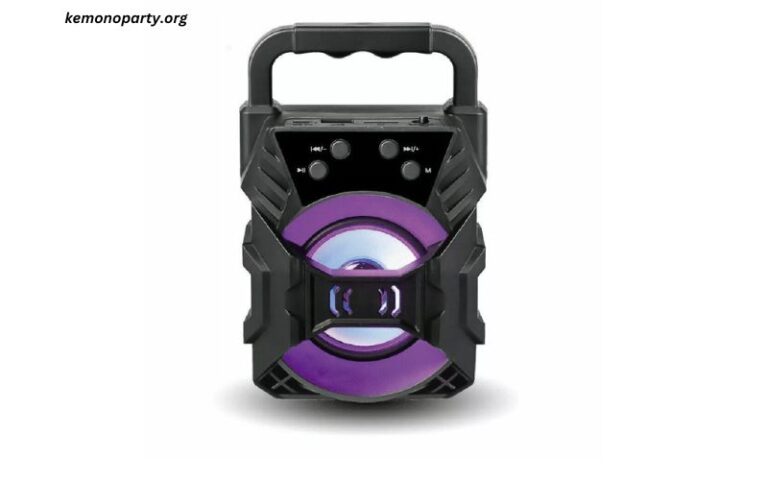Table of Contents
ToggleHistorical Context
To understand the current landscape of top tech audio, it’s essential to appreciate the historical context. The journey began in the late 19th century with Thomas Edison’s phonograph and Emile Berliner’s gramophone. These early inventions laid the groundwork for audio playback technology, introducing the concept of recording and reproducing sound.
The 20th century saw the rise of magnetic tape and vinyl records, which revolutionized audio quality and accessibility. The introduction of the compact disc (CD) in the 1980s marked a significant leap forward, offering a new level of clarity and convenience. However, the digital revolution of the early 2000s, characterized by MP3s and streaming services, has been arguably the most transformative development in audio technology.
The Digital Age: Streaming and Beyond
The advent of digital audio files and streaming services has reshaped the industry. Platforms like Spotify, Apple Music, and Tidal have made music more accessible than ever, allowing users to stream millions of tracks instantly. This shift has also spurred innovations in audio hardware and software, leading to the development of high-fidelity streaming devices, noise-cancelling headphones, and smart speakers.
High-Resolution Audio
One of the most exciting developments in recent years is the rise of high-resolution audio. Unlike standard CD-quality audio, high-resolution formats offer greater detail and fidelity, providing a more immersive listening experience. Companies like Sony, Yamaha, and Bowers & Wilkins have been at the forefront of this trend, producing equipment that can handle high-resolution files and deliver superior sound quality.
Smart Speakers
Smart speakers have become a staple in modern households, offering not only high-quality audio but also integrated voice assistants like Amazon’s Alexa and Google Assistant. These devices have changed the way we interact with technology, allowing for voice-controlled music playback, home automation, and information retrieval. The integration of AI and machine learning in these devices continues to improve their functionality and user experience.
Innovations in Audio Hardware
Top tech audio companies are constantly pushing the envelope in hardware design and performance. Some notable innovations include:
Wireless Technology
Wireless audio technology has seen tremendous advancement, with Bluetooth and Wi-Fi becoming standard for many audio devices. High-end manufacturers like Bose, Sonos, and Sennheiser have developed advanced wireless systems that maintain excellent sound quality while eliminating the need for cumbersome cables.
Noise-Cancelling Headphones
Noise-cancelling technology has transformed the headphone market, offering users the ability to enjoy music without external distractions. Brands like Bose, Sony, and Apple have developed sophisticated noise-cancelling systems that use microphones and algorithms to reduce ambient noise, providing a more immersive listening experience.
Portable Audio
The demand for portable audio solutions has led to the development of compact yet powerful speakers and headphones. Companies such as JBL, Ultimate Ears, and Bang & Olufsen have created portable devices that deliver impressive sound quality in a small, convenient package. These products cater to the growing trend of on-the-go listening, offering durability and impressive performance in various environments.
The Future of Top Tech Audio
As technology continues to evolve, the future of audio promises even more exciting developments. Here are some trends and innovations to watch for:
Spatial Audio
Spatial audio technology, which creates a three-dimensional sound experience, is gaining traction. Companies like Apple and Dolby are working on enhancing spatial audio capabilities, which can provide a more immersive and lifelike listening experience. This technology is expected to become more prevalent in both music and gaming.
Augmented Reality (AR) and Virtual Reality (VR)
AR and VR technologies are opening new possibilities for audio experiences. In VR environments, spatial audio plays a crucial role in creating a realistic experience, while AR applications can enhance real-world interactions with audio cues. The integration of advanced audio technology in these fields will likely lead to more engaging and immersive experiences.
Advanced AI and Machine Learning
Artificial intelligence and machine learning are set to revolutionize audio processing and personalization. AI-driven algorithms can analyze listening habits and preferences to offer customized audio experiences, while machine learning can enhance sound quality and optimize playback in real-time. These advancements promise to make audio technology more adaptive and responsive to individual needs.
Conclusion
The evolution of top tech audio reflects a broader trend of technological advancement and innovation. From the early days of vinyl records to the latest developments in digital streaming and smart devices, the quest for superior sound quality has driven significant progress in the industry. As we look to the future, emerging technologies like spatial audio, AR/VR, and AI are poised to further transform the audio landscape.
For audiophiles and casual listeners alike, staying informed about these advancements is crucial to making the most of today’s audio technology. Whether you’re investing in high-resolution audio equipment, exploring the latest smart speakers, or simply enjoying the convenience of wireless headphones, the world of top tech audio offers a wealth of options to enhance your listening experience.


